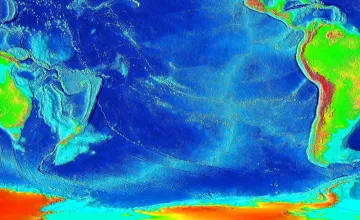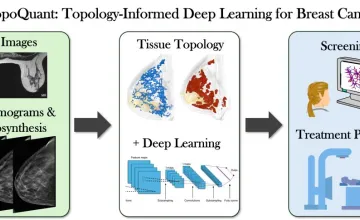AAU universities conduct a majority of the federally funded university research that contributes to our economic competitiveness, health and well-being, and national security. AAU universities are growing our economy through invention and innovation while preparing the next generation of scientists and engineers for global leadership. By moving research into the marketplace AAU universities are helping to create jobs, and provide society with new medicines and technologies.




Explore More: University Research
You can filter stories by the university.
Meeting the unmet need for a vaccine is the top priority for researchers studying Lyme disease, which infects about 476,000 people in the U.S. each year and can come with severe complications such as ongoing fatigue and joint issues.
A preliminary study finds that expectant fathers with higher levels of oxytocin and brain activation later endorse a more “baby-led,” empathetic parenting style.
When a baby cries, how do you figure out what they want?
